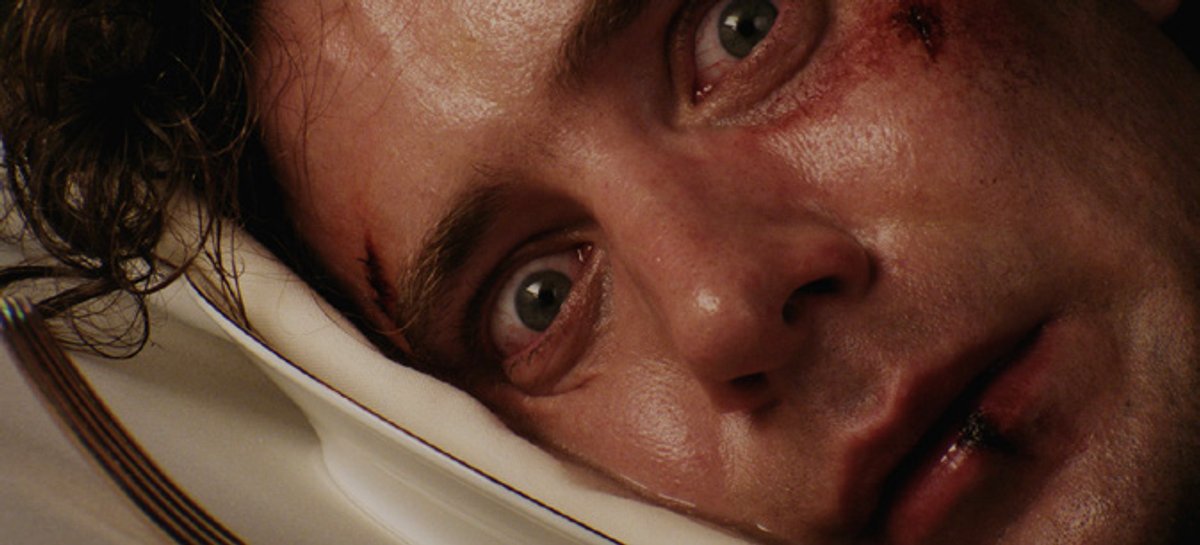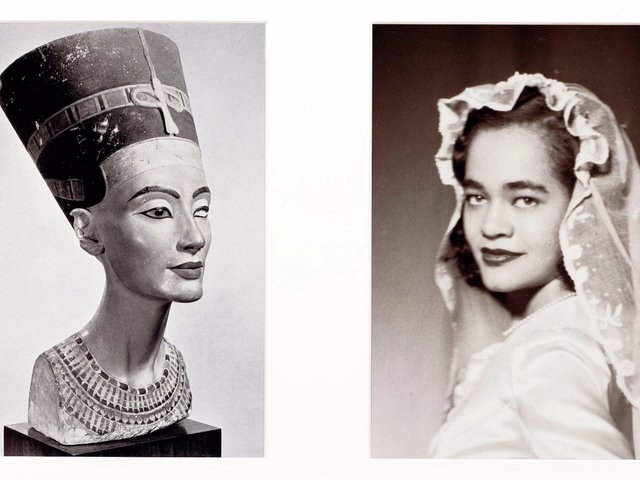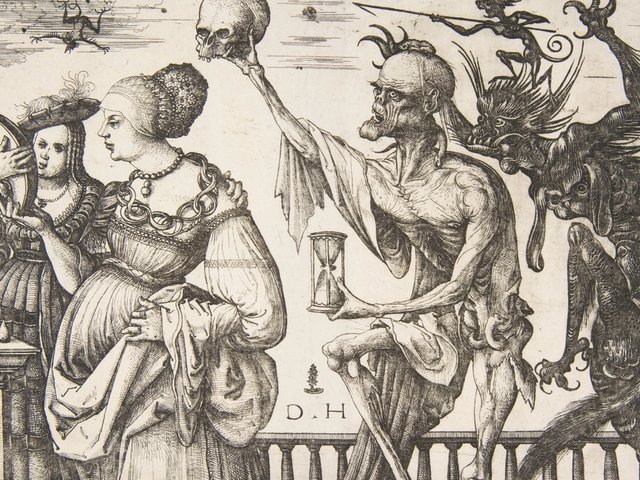Fans of freaky films will enjoy Alexandre Singh: A Gentle Horror, the French artist’s first exhibition with Metro Pictures. It features the New York premiere of his latest video work The Appointment (2019), a darkly comic thriller that draws inspiration from Gothic literature and follows the nightmarish encounters of a Mr Henry Salt as he seeks to uncover the identity of an unknown entity that haunts him. The gallery has been turned into a dystopian abandoned theatre thanks to a specially designed trompe-l’oeil wallpaper designed by Singh and populated by bats, bugs and bird masks. Meanwhile, a series of new sculptures made out of everyday food utensils shaped into insects, mounted on heaps of popcorn, peanuts and pasta, and cast in bronze serve pop-culture vanitas vignettes.
The Renaissance of Etching at the Metropolitan Museum of Art (until 20 January 2020) recounts an innovation launched by the German artist Daniel Hopfer around the dawn of the 16th century. Hopfer was known for his talent for etching motifs on to arms and armour, and came up with what now seems like a logical idea: to use the etched metal plate conversely, as a tool to create a work of art on paper. The idea led to a tumult of experimentation across Europe, opening the way for a range of artists to make prints. Among those who took up the technique in the early years was Albrecht Dürer, who parlayed the meticulous curves, hatchings, cross-hatchings and chiaroscuro of his engravings into evocative works on iron plates, such as his Agony in the Garden (1515). The exhibition, which is jointly organised with the Albertina Museum in Vienna, brings together a mix of prints, drawings, printing plates, illustrated books and armour and charts the evolution of etching in Germany, the Netherlands, Italy and France.
Janine Antoni: I am Fertile Ground at the Green-Wood Cemetery in Brooklyn (until 17 November) animates the catacombs of the cemetery with a series of sculptures reminiscent of religious icons. The site-specific commission aims to “create space for people to contemplate and become comfortable with what is inevitable for all of us”, Antoni says. The works, which are placed in rooms throughout the catacombs, each consist of a photograph that the artist has captured of her own or her parents’ bodies surrounded by a frame cast from fake bones and gilded in 24-carat gold. Across from the works, performers enact a series of symbolic gestures and recite various chants that metaphorically encapsulate the images. The multidisciplinary artist, who is best known for utilising her own body in performances that reference everyday rituals, is the first artist to install a project in the catacombs, which make up one of the historic cemetery's oldest structures and are not typically open to the public.




